Machu Picchu, the ever-imposing citadel high in the Andes Mountains of Peru, is a wonder that fascinates travelers from all over the world. You may think there is a single date to visit the ancient home of the Incas, but no. Here, we will tell you why January offers experiences that you cannot miss.
January is within the rainy season, obviously, but it has advantages and challenges that can be balanced. In this blog, we will explain in detail everything you need to know to successfully explore the majestic Machu Picchu in January, from the weather to how to organize your trip, tours to consider, and special events that can enrich your tour.
Machu Picchu Weather in January
January is the beginning of the rainy season in the Andean region of Peru. So, if you want to visit Machu Picchu this month, it is essential that you know the weather conditions so that you can have a successful trip.
Rains in January are frequent but usually short-lived. The average temperature ranges from 12 °C to 20 °C (54 °F to 68 °F). The rain usually disappears by mid-morning or early afternoon, and although in the mornings you can see mist in the mountains, this gives an ethereal touch to the landscape that you will surely like. Despite the rain, the lush green vegetation and the smaller number of people make this time of year an attractive option for many travelers.
Why visit Machu Picchu in January?
Yes, January is certainly not the time that comes to mind when planning a trip to Machu Picchu, but certain advantages make it worth visiting this month. Let's explore those advantages and any potential cons.
Pros:
- Fewer people: Yes, in fact, January is considered a low season for tourism in Machu Picchu, so expect fewer tourists. This results in less crowded trails and more opportunities to take unobstructed photos, which can make for a more peaceful experience overall.
- Lower prices: Another consequence of the low influx of tourists is that accommodation prices and tour costs tend to be lower compared to the high season, which means you can make your trip more affordable.
- Unique landscapes: Not everything is negative when there is rain. In this season, the landscapes become lush green, which makes Machu Picchu even more attractive and magical. As icing on the cake, the fog that usually persists early in the morning gives the place that mystical touch.
- Flexible schedules: Fewer tourists equal easy reservations for tours or easy purchase of last-minute tickets, which is undoubtedly planning without stress or anguish.
Cons:
The not-so-good must also be said. First of all, we add the rainy weather, which is perhaps the most essential disadvantage of visiting Machu Picchu in January. Unfortunately, frequent rains can make the trails slippery and muddy, and fog reduces the visibility of the landscape. However, as we said before, this can also be charming for some visitors.
- Possible landslides: Unfortunately, heavy rains can cause landslides, which can, in turn, temporarily close certain trails or transport routes. So, pay attention to the weather conditions and consider creating a flexible itinerary.
- Limited trekking: Another disadvantage to consider is that some trekking routes, such as the Inca Trail, are often closed for maintenance during the rainy season, which limits your options if you are interested in hiking to Machu Picchu.
Best time of day
Honestly, the best time to visit Machu Picchu is any time in the morning because there will be fewer people, you will have access to tickets without rushing, and you will be able to enjoy the fog that envelops the landscape and brings out the magic in the ruins.
On the other hand, if you prefer to visit Machu Picchu late in the afternoon, you have nothing to lose because, at this time, most of the visitors have left, and you are left enjoying the soft light of the sunset with fewer people around. And, of course, it is the perfect time to take beautiful photos.
Planning your trip to Machu Picchu in January
To make your visit to Machu Picchu in January successful, it is important to carefully plan each step, especially when booking tickets and packing luggage.
Tickets and tours: At least one or two months in advance
Whether you want to book tickets to Machu Picchu or Huayna Picchu mountain, it is crucial to do so well in advance because tickets are limited daily. Even though there are fewer visitors in January, we always recommend booking tickets and tours weeks in advance to ensure your tickets to all the sites.
Now, if you feel more comfortable having a guide at your disposal during your visit, then in January, you will have greater flexibility to have one with last-minute offers. However, it is worth saying as many times as necessary that if you want a specific hike or are looking for a special tour, we recommend making reservations in advance.
What to pack
Although the weather in January is rainy, you will need rain gear, a careful selection of layers of clothing, and important accessories to help you enjoy your trip without any problems.
Here is a list of essential items to consider:
- Waterproof jacket and pants
- Clothing made of absorbent and quick-drying fabric
- You need sturdy, preferably waterproof footwear. Rain produces slippery mud, so you need footwear with a good grip.
- A waterproof cover for your backpack allows you to protect your belongings in the rain.
- Umbrella, hat, and sunscreen: The umbrella protects you from the rain and the sun, so you do not lose anything by carrying it in your luggage. On the other hand, the hat and sunscreen are necessary to protect you from sunburn, which tends to occur more intensely due to altitude.
- Insect repellent is crucial when visiting humid places.
- Recyclable bottle so you can fill it with water as many times as necessary.
- Make sure you protect your camera, and it would be a shame to damage it while hiking.
What to expect
Aside from rain, landslides, and closed roads, there is nothing more serious to expect at Machu Picchu in January. These incidents may or may not occur, and they are not 100 percent predictable.
What is certain is that there will be fewer people in the queues to enter, and the hiking trails will be less busy; therefore, the tranquility of your trip is guaranteed.
It is essential to consider that transportation is also often affected by bad weather, so stay tuned for updates on train and bus services to and from the site.
The best Machu Picchu tours in January
You have several options to explore Machu Picchu, and in each of these, you will be able to enjoy the ancient citadel from different perspectives. No matter if you are ready for a multi-day hike or a quick day trip, you will surely find a tour option that suits your requirements.
Sacred Valley + Machu Picchu 2 days
During the rainy season in January, you can take an unforgettable two-day trip through the Sacred Valley and Machu Picchu, which is perfect for those who want to explore history and nature in a short time. You'll visit amazing places like Pisac, Ollantaytambo, Moray, and Salineras of Maras, which are full of Inca history and beautiful landscapes.
Then, you'll discover the magic of Machu Picchu, one of the world's most famous ancient sites. This tour is a great way to experience the best of Peru's culture and scenery in just two days.
Machu Picchu 1 day by train
This option is indicated for those who have little time to visit Machu Picchu or who definitely do not like long walks. Typically, this tour goes from Cusco or Ollantaytambo via a scenic train ride through the Sacred Valley to Aguas Calientes, the gateway to Machu Picchu.
Once at the entrance to Machu Picchu, you can take a short bus ride to the citadel, where you can get off the bus and explore the ruins at your own pace or request a guide.
Lares Trek (4 days)
The Lares Trek is a little-known route compared to the Inca Trail. This is a cultural tour that shows you traditional Andean villages along with their charming mountain landscapes. In total, it is four days of hiking, where you will visit hot springs, local communities, and views that will leave you perplexed. Although, as we told you in the previous paragraph, this route is less crowded compared to the Inca Trail, it is worth choosing it because the Lares trek gives you a broader view of Andean life and customs, giving you a reward at the end of the trail the visit to Machu Picchu. In January, the Lares trek is the best option if you want to avoid the crowds without giving up on hiking. However, be aware of the wet terrain conditions and consider using a trekking pole for stability on slippery trails.
Inca Trail
The classic and famous Inca Trail is the most traveled route to Machu Picchu. This four-day trek takes you along ancient paths traveled by the Incas, where you will see diverse landscapes, beautiful viewpoints, and archaeological sites. At the end of the trail, the best gift will be to see the spectacular sunrise over Machu Picchu from the Sun Gate.
Experiences in January
Visiting Machu Picchu in January is not just about exploring the ancient ruins; it is also a unique opportunity to immerse yourself in the local culture, and the best way to do this is by taking part in the events and festivals in January, both in Machu Picchu and in the rest of the regions of Peru.
What to do in Peru in January?
Peru is a country full of wonderful cultural riches and in January there are several notable events throughout the country. The most important ones are:
New Year Celebrations (January 1)
The New Year in Peru is a colorful and fun holiday that combines old and new practices. For luck, people wear yellow, eat 12 grapes at midnight, and walk around with their empty luggage if they want to travel.
A lot of people like fireworks, especially in Cusco. People also take "flower baths" to start over. People in the Amazon drink certain drinks to bring good luck, and each area has a different New Year's dinner. People eat guinea pig, pachamanca, and lechon in the Andes. On the coast, they eat turkey and river fish.
For tourists, New Year's in Peru is a unique and fun way to enjoy and welcome the new year.
Bajada de Reyes (January 6)
This holiday celebrates the arrival of the Three Wise Men and is held in many towns near Cusco and across Peru. On this day, there are religious rituals, processions, and traditional dances.
Ollantaytambo is one of the best places to experience the Bajada de Reyes. The Ministry of Culture has named the Bajada de Reyes in Ollantaytambo a National Cultural Heritage of Peru. Every year, from January 5 to 9, people from rural areas and the city come together to celebrate, mixing native and Christian traditions, including processions, masses, and traditional dances. There are three statues of the Baby Jesus, each linked to a different community.
A local story tells of a boy named Manuel who played with a miraculous child named Jesus in Marcaccocha. Jesus later turned into a figure that is now worshiped during the festival. The three statues are called Niño Melchor, Niño Baltazar, and Niño Gaspar.
Traditional dances like Wallatas and Huayllaschas are also part of the celebration. Special care is taken to protect the festival so it keeps its traditional value for future generations.
Anniversary of Lima (January 18)
Lima is the capital of Peru, so you cannot miss the celebration of its founding anniversary, which consists of parades, concerts and cultural exhibitions. Its vibrant festivities feature presentations of traditional Peruvian music and dances.
Lima was founded on January 18, 1535, by Francisco Pizarro after the Spanish defeated the Inca Empire. Pizarro chose Lima as the new capital because of its location and importance, calling it the "City of Kings."
Fiesta de San Sebastián (January 20)
On January 20, in Cusco, the patron saint of the San Sebastián district is honored. The celebrations consist of music, traditional dances, and religious processions, which provide a lively and colorful panorama of the local culture. So it is the ideal time for you to witness this mix of indigenous and Spanish traditions that define modern culture in Cusco.
This festival is also celebrated in Puno, the northern jungle, especially in the Amazonas region, where locals honor Saint John the Baptist through baptisms in the river, traditional foods such as juane (a rice dish), music and folkloric dances.
The Marinera Festival (January 20 to 30)
It takes place in Trujillo, a city located on the northern coast of Peru.
The Marinera is a traditional Peruvian dance that highlights courtship and romance, through dance competitions, cultural exhibitions and parades.
Although this city is located far from Machu Picchu, you would not regret extending your trip and experiencing this festival up close, which will immerse you in the rich cultural diversity of Peru.
FAQs
Here are some frequently asked questions about visiting Machu Picchu in January.
Is Machu Picchu open in January?
Yes, Machu Picchu is open all year round, including January.
Is the Inca Trail open in January?
The Inca Trail is usually open in January but closes in February for maintenance. Check availability and conditions before booking.
How rainy is it in Machu Picchu in January?
January is part of the rainy season, so you can expect frequent showers, but they are usually short and intermittent.
Are there fewer tourists in Machu Picchu in January?
Yes, January is considered a low season so that you can expect fewer tourists than in peak months like June and July.
What should I pack for Machu Picchu in January?
To be comfortable in wet weather, be sure to pack waterproof clothing, sturdy hiking boots, and quick-drying gear.
Is it safe to visit Machu Picchu in January?
Yes, it is generally safe, but be aware of possible landslides or transportation disruptions due to heavy rain.
Can I take the train to Machu Picchu in January?
Yes, trains run year-round, but service can be affected by weather conditions. Check schedules in advance.
What is the best time of day to visit Machu Picchu in January?
Early morning or late afternoon are the best times to visit, as there are fewer crowds and better atmospheric conditions.
Are there any special events at Machu Picchu in January?
While the site itself does not host significant events, you can experience local festivals in Cusco and other regions.
How far in advance should I book my tickets to Machu Picchu in January?
It is recommended that you book your tickets a few weeks in advance, especially if you plan to climb Huayna Picchu or Machu Picchu Mountain.
Visiting Machu Picchu in January offers you a unique combination of challenges and rewards. The rainy season brings lush landscapes and fewer crowds, but it also requires careful planning and preparation. Whether you choose to hike the Inca Trail, explore the ruins on a day trip, or immerse yourself in the cultural events of Cusco and beyond, January can be a magical time to experience one of the world's most iconic destinations. With the right mindset and preparation, your trip to Machu Picchu in January can be an unforgettable adventure.

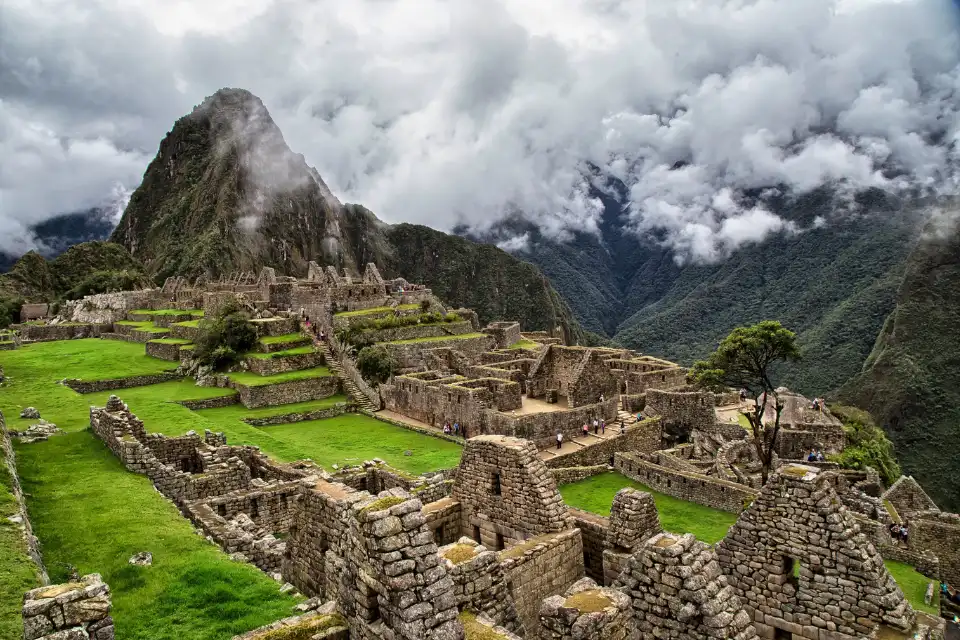
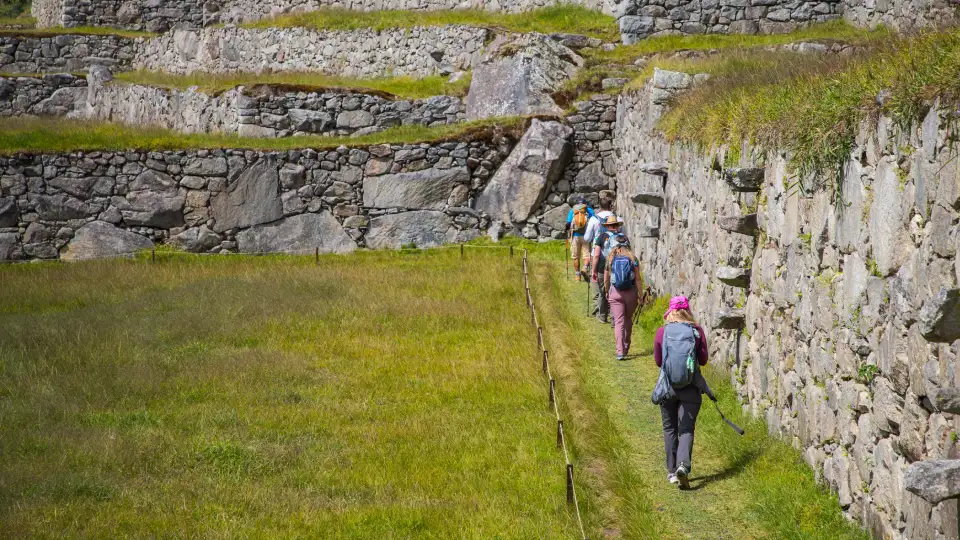

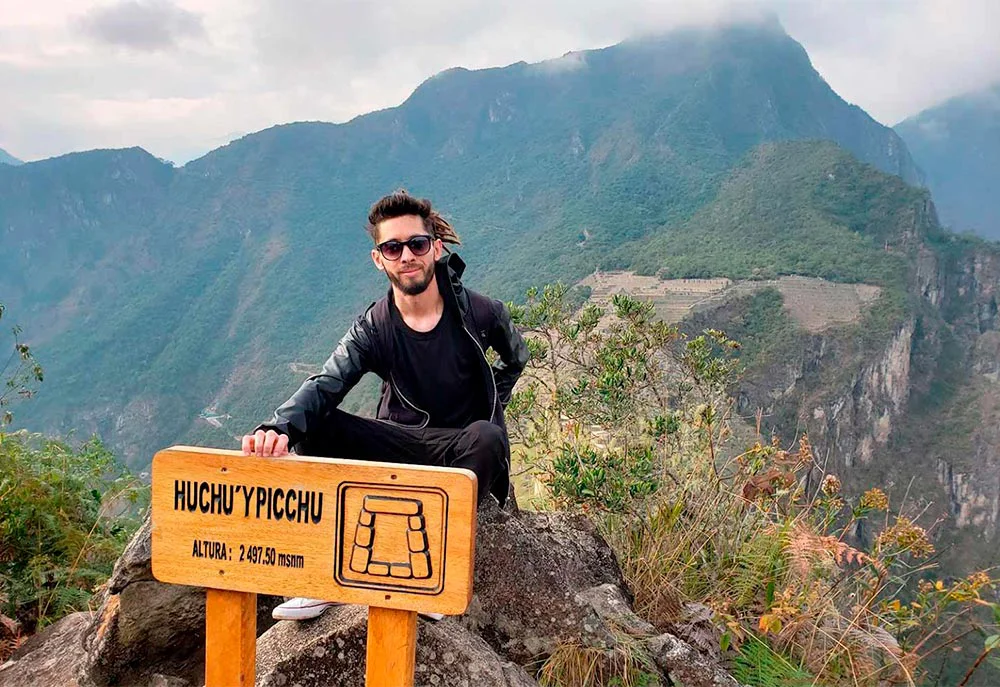
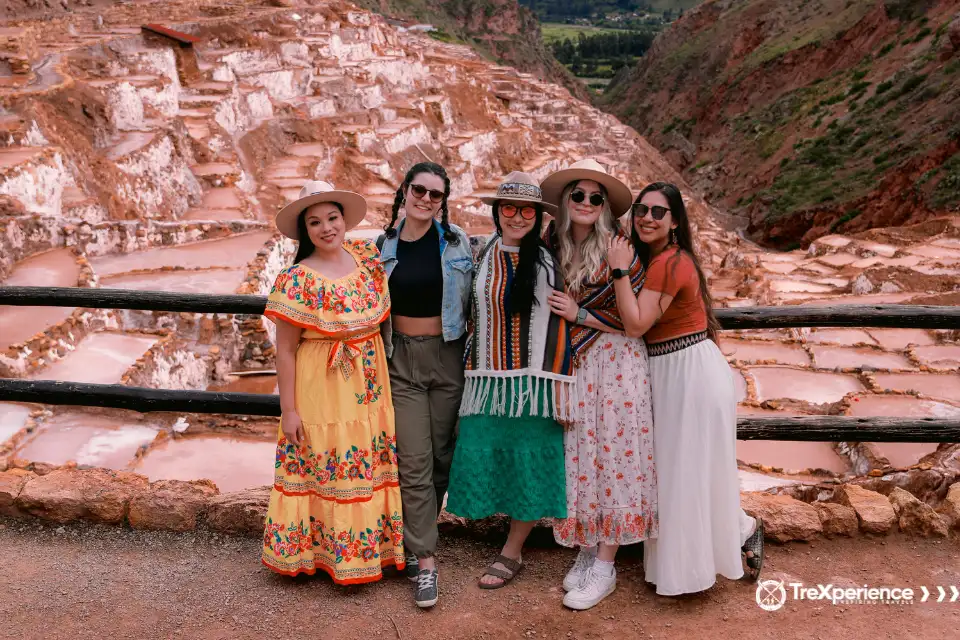
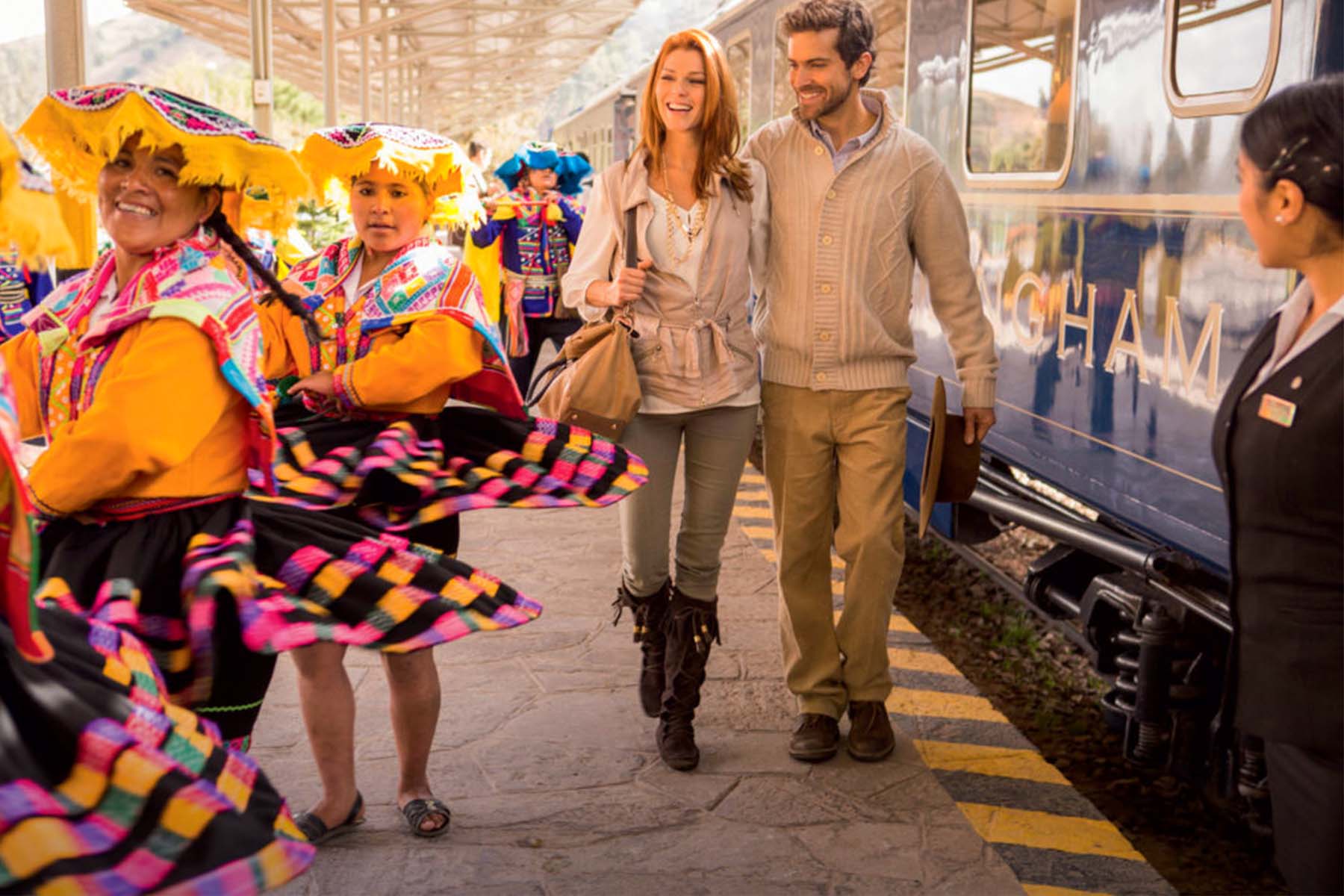
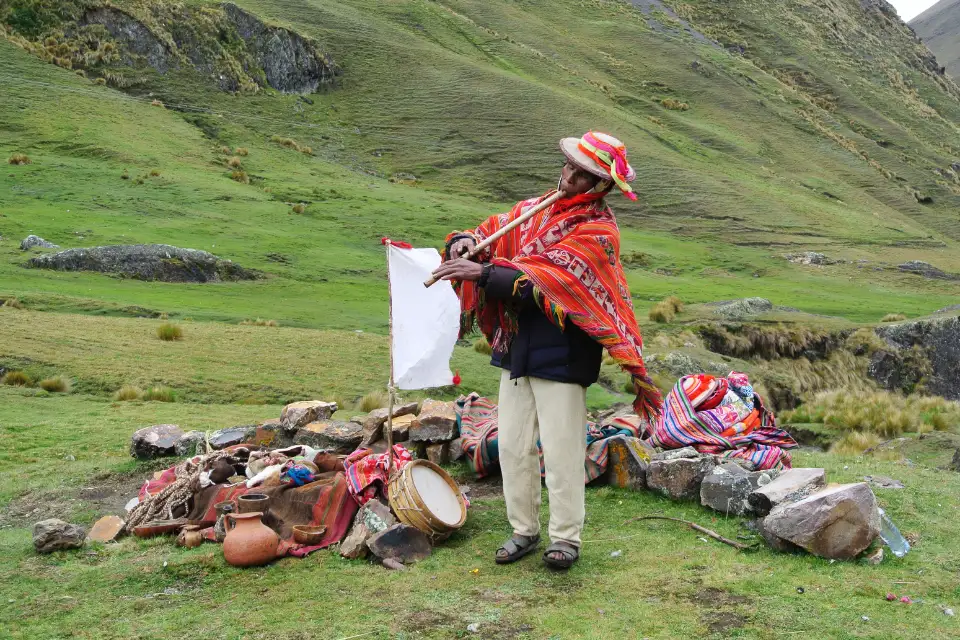
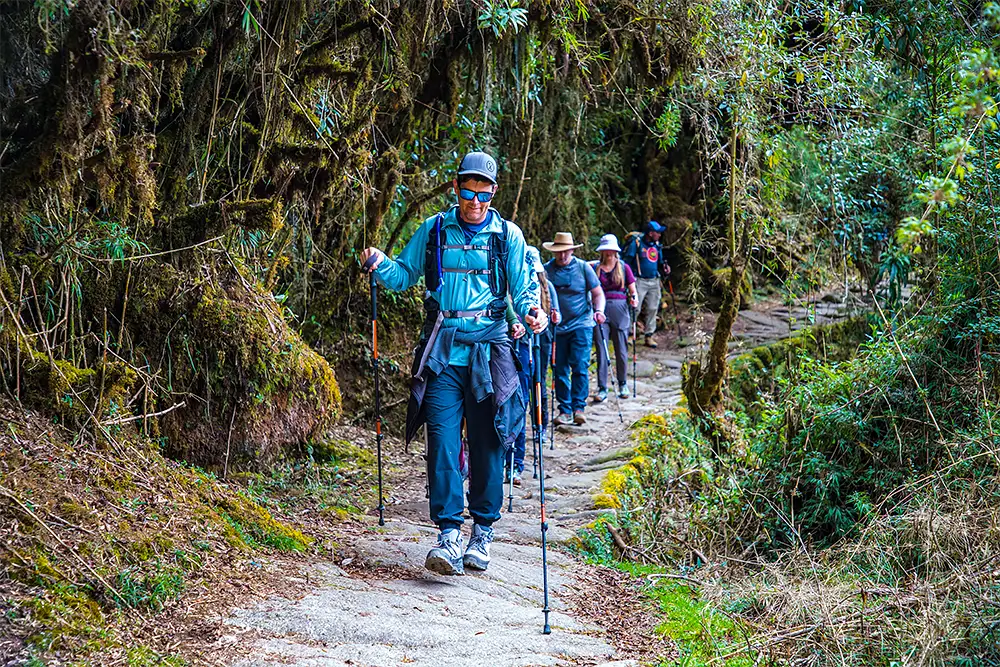

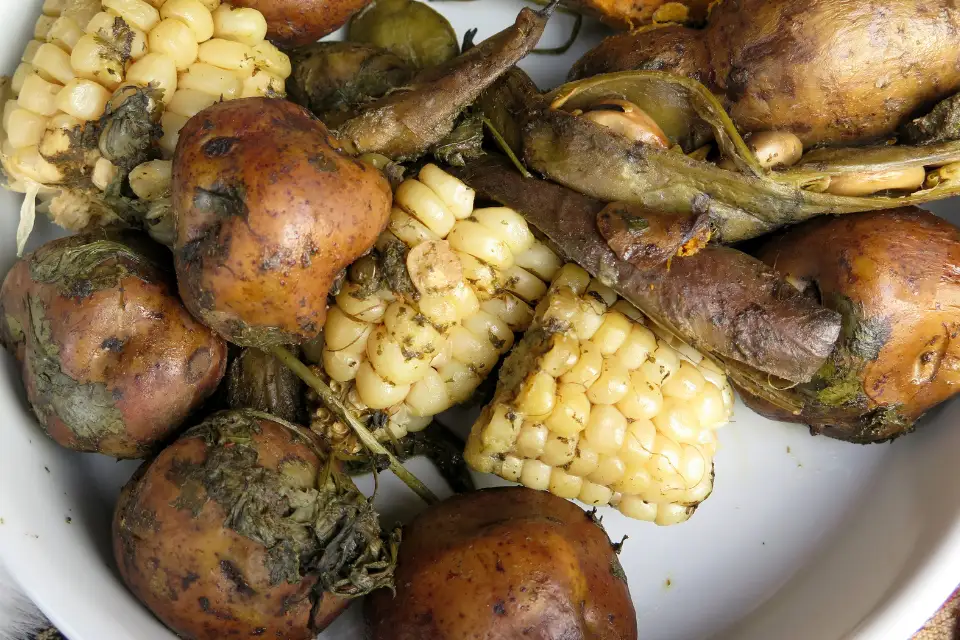
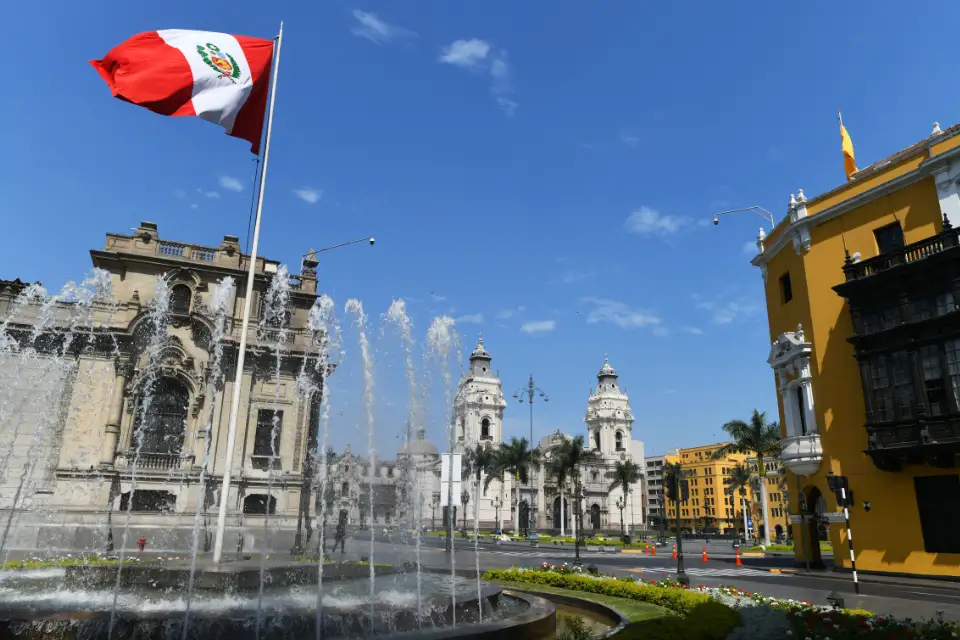
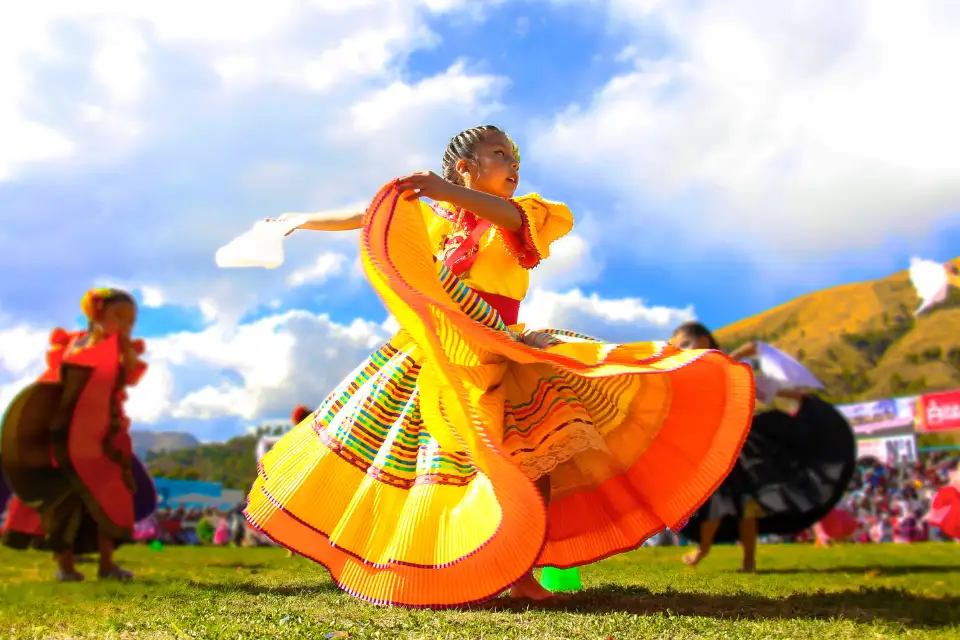
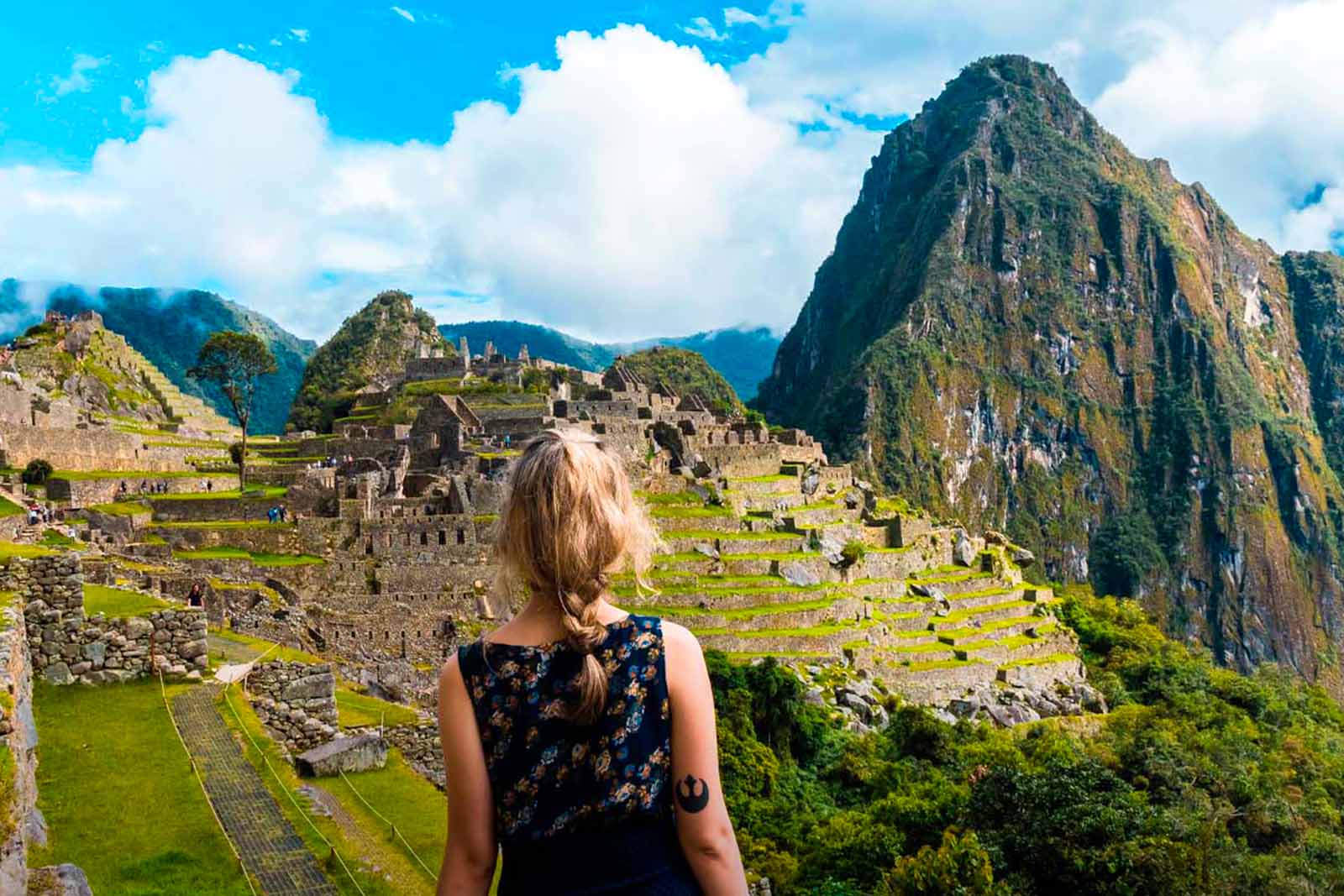
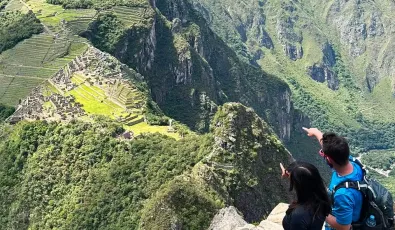
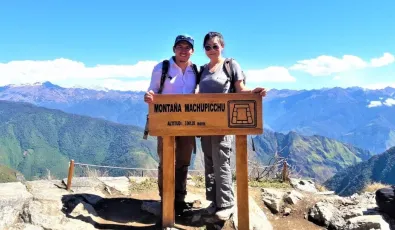
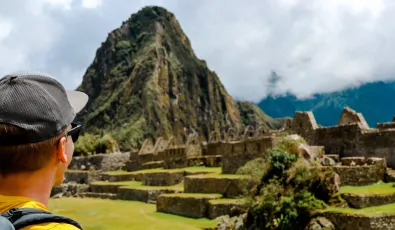
Add new comment